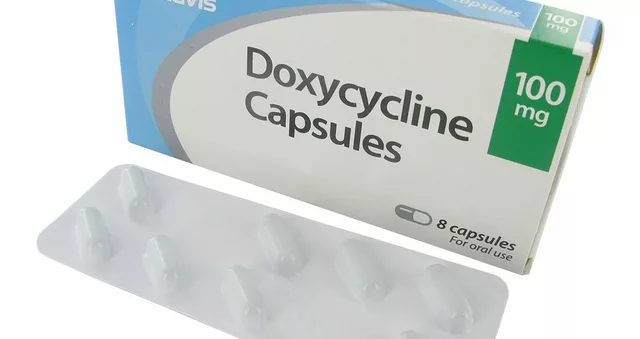Topical Therapy: Quick Guide to Skin Treatments and More
When you hear "topical therapy" you probably think of creams or ointments you put on your skin. It’s that simple: a drug applied directly to the surface of the body to treat a condition right where it shows up. Whether you’re fighting acne, easing muscle soreness, or managing a rash, topical therapy can be a fast, low‑systemic way to get relief.
What Is Topical Therapy?
Topical therapy means any medication you apply to the skin, eyes, or mucous membranes. The drug is absorbed locally, so you avoid most of the side effects that come with swallowing pills. Common forms include creams, gels, patches, sprays, and even medicated shampoos. Because the medicine stays near the problem area, it often works faster and needs lower doses than oral options.
Common Uses and How to Choose the Right Product
People use topical therapy for a handful of everyday issues. Acne creams with benzoyl peroxide, anti‑inflammatory gels for joint pain, antibiotic ointments for minor cuts, and steroid lotions for eczema are all top sellers. When picking a product, first identify the condition you want to treat, then check the active ingredient and its strength. If you have sensitive skin, look for fragrance‑free or hypoallergenic labels.
Patch forms are handy for chronic pain or nicotine replacement. They release a steady dose over 12‑24 hours, which can be easier than remembering multiple doses a day. Always read the patch instructions—apply to clean, dry skin and rotate sites to avoid irritation.
Safety is a big deal. Even though the medicine stays on the surface, it can still cause reactions. Do a patch test: put a tiny amount on your inner forearm and wait 24 hours. If there’s no redness or itching, you’re probably good to go. For children or pregnant people, check with a pharmacist or doctor before starting any new topical.
Storage matters too. Most creams need to stay at room temperature away from direct sunlight. Heat can break down the active ingredient, making it less effective. If a product says “store in a cool place,” follow that rule—especially for hormone creams or certain antivirals.
Finally, don’t mix products without checking compatibility. Using a steroid cream and a harsh exfoliant together can strip the skin and make a rash worse. If you’re unsure, a quick call to your pharmacy can clear up any confusion.
Topical therapy is a practical tool for everyday health issues. By knowing what it is, matching the right product to your need, and following basic safety steps, you can get fast relief without a lot of hassle. Keep this guide handy the next time you reach for a cream or patch—you’ll know exactly what to look for.
Calcipotriol and Mental Health: How This Psoriasis Treatment Affects Well‑Being
Explore how calcipotriol, a vitamin D analog for psoriasis, influences mental health, quality of life, and well‑being, backed by research and practical tips.
About
Mental Health
Latest Posts


How to Buy Cheap Generic Yasmin Online Safely - 2025 Guide
By Marcel Kornblum Oct 4, 2025

When to take cefixime: understanding the best time for antibiotic treatment
By Marcel Kornblum Apr 27, 2023

Anastrozole's Impact on Metabolism: Essential Facts
By Marcel Kornblum Sep 9, 2024

